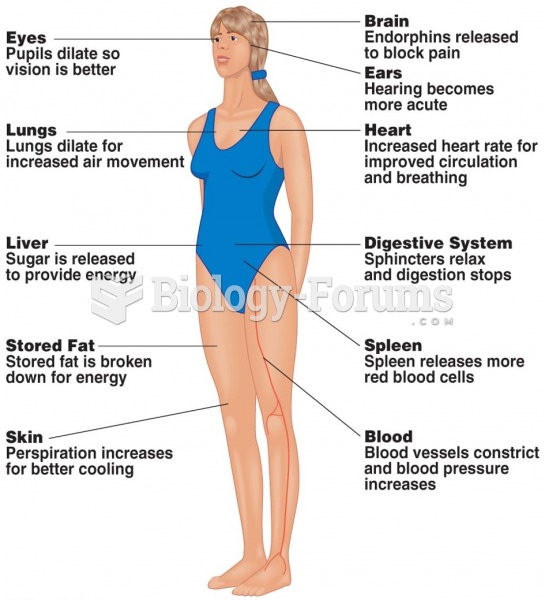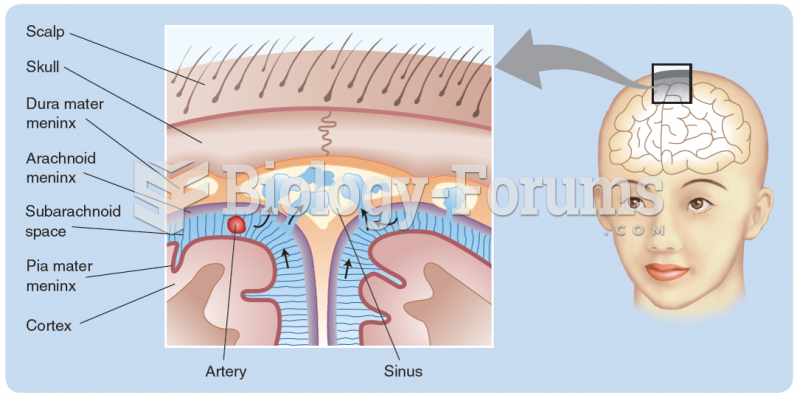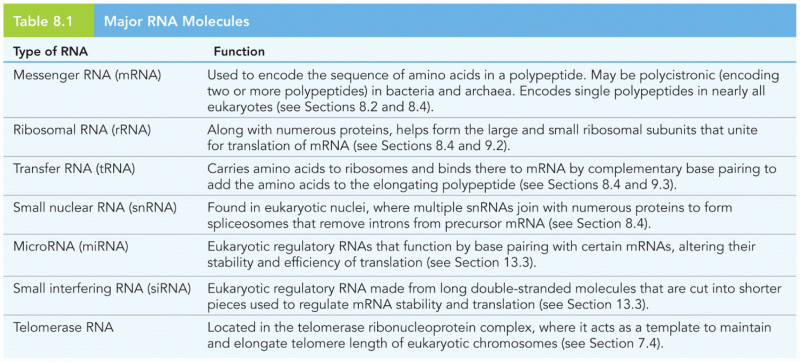Answer to Question 1
Meal content/size: large meals with high fat, protein, and fiber content decreases the rate of gastric emptying by their stimulatory effects on hormonal secretions
Hormones/Neuropeptides:
- Gastrin: protein, peptides, amino acids, coffee, alcohol, gastric distention and vagal stimulation will stimulate its release, which will cause an increase in gastric acid secretion and gastric motility, while decreasing gastric emptying.
- Secretin: acid in the duodenum will result in its secretion and its inhibitory effects on gastric emptying
- Cholecystokinin: fat in the duodenum (and protein to a lesser extent) will result in its secretion and cause its inhibitory effects on gastric emptying.
- Glucose-dependent insulinotropic peptide will inhibit gastric emptying and motility during interdigestive states and is stimulated by serum glucose, amino acids, and fatty acids
Vagal Stimulation/Enteric Nervous System: Parasympathetic activity indirectly effects gastric motility via the enteric nervous system. This will result in the tonic contractions needed to propel and break up food particles to move towards the pyloric sphincter in sizes no larger than 2 mm.
Answer to Question 2
The limitations of standard height and weight measurement tools in CP patients include:
- Limb contractures
- Scoliosis
- Muscle spasms
- Inability to stand
For children less than 2 yrs of age, recumbent length can be obtained on a length board
Stature is used for individuals from 2 to 20 yrs of age. CP patients may require use of alternative methods to estimate height such as:
-
- Knee height
-
- Arm span
- Tibia length
- Upper-arm length
Specialized scales using handrails or ones that can be used with a wheelchair may be needed for CP patients. Some other types of available scales include: chair, bucket, and bed scales.
Otherwise, a parent or caregiver may be needed to hold the child while obtaining the weight and then have their weight subtracted from that value.
Other anthropometric measurements of utility:
- Head circumference for those of < 2 yrs of age
- Triceps skinfolds may be useful as an indicator of malnutrition in CP patients, applying a cut-off value of < 10th percentile. .
- Bioelectrical impedance (though no validated equations are available for CP patients to determine LBM)







